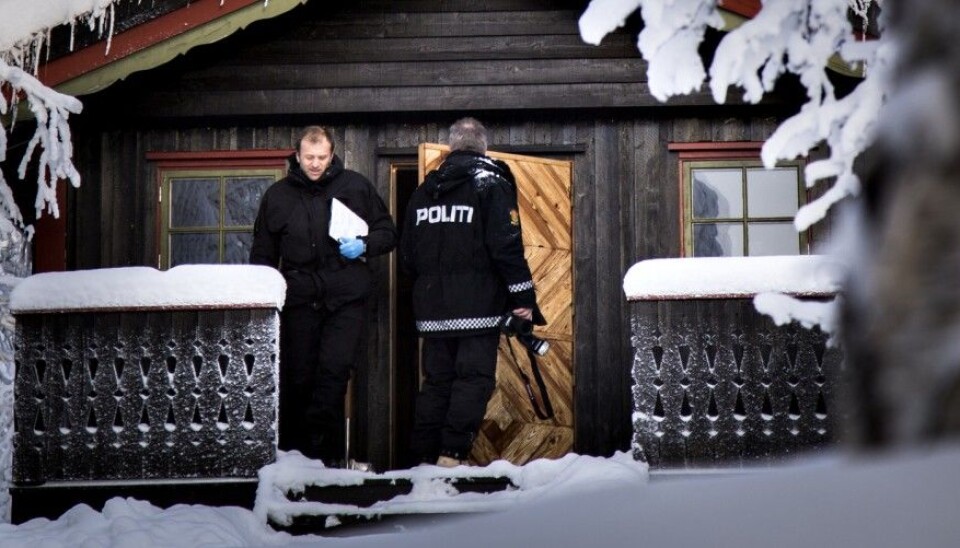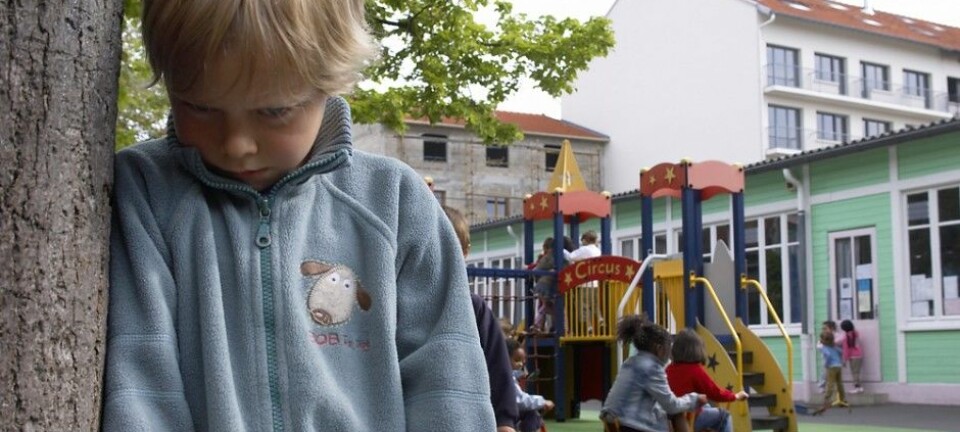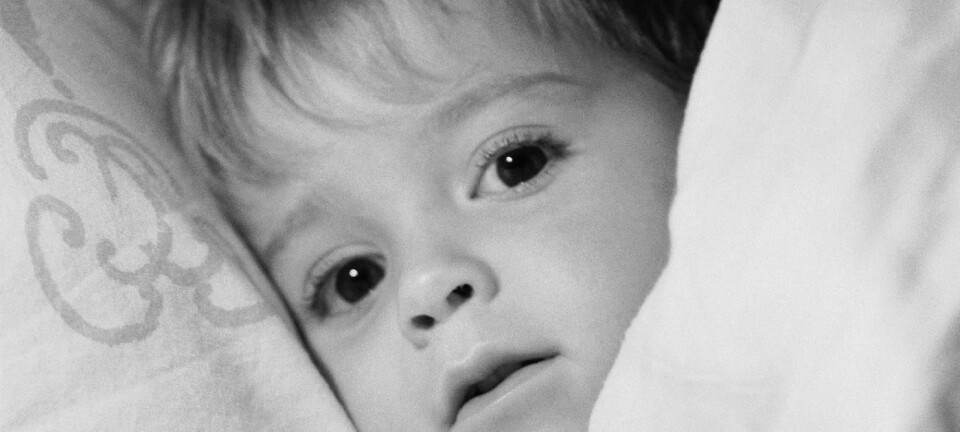This article was produced and financed by University of Stavanger

How should child protection services react to calls of concern?
Resarcher Vibeke Samsonsen has found strengths and weaknesses in how investigations are currently conducted by the child protection services in Norway and England.
The child protection services receive notifications of concern from schools, the health service, neighbours or other people in contact with a child. Reasons can include concern about violence, abuse or neglect.
But what happens next? How do the child protection services investigate the report?
"Norway differs from most western countries in that it does not have a national model for the investigation of reports of concern. Other western countries have introduced models that are recommended and approved by the authorities", says researcher and social worker Vibeke Samsonsen.
In her recently completed doctoral thesis from the University of Stavanger, she compared the ways in which the child protection services investigate reports of concern in Norway and in England.
She would like to see a debate on which approach should be used by the municipal child protection services in Norway. And she would like to see the authorities become proactively involved in this – instead of chosing a passive approach, which is what she claims they're doing at the moment.
Relying on judgement
When the child protection services in Norway receive a report of concern, they don't have a standard model to use for guidance. The children's social worker initiates an investigation that is more open than in other western countries, with a therapeutic approach.
The social worker considers what assistance might benefit the family, and tones down the risk assessment.
"The best interests of the child is what forms the guiding principle, but it can be difficult to define what those interests are. Open assessments allow greater freedom with regard to finding solutions, but it will be up to the individual social worker and their professional judgement to assess the situation", says Samsonsen.
Bureaucratic approach
While Norway has more confidence in discretion, England is armed to the teeth with paperwork, methods and guidelines. England has experienced the tragic deaths of many children, and is continually reviewing the system to ensure that there are no holes in the safety net.
This has resulted in the development of strategies and procedures to avoid children slipping through the cracks, and to ensure that social workers are not made individually responsible. Time is spent on paperwork rather than on meeting the families.
The English system focuses on the risk, i.e. on the dangers that a child may be facing. It concentrates less on providing customised assistance to families and children, in order to avoid situations that could involve risk, according to Samsonsen.
"This is also reflected in the resource aspect, with the Norwegian child protection services providing more staff and more measures".
The researcher uses a river to illustrate the difference:
"In Norway, the child protection services are standing on the riverbank, and showing the families which way to go. In England, the resources spend their time fishing children out of the water. When a child falls into the river in Norway, we are quite surprised because it doesn't happen very often. We want our resources to intervene before things go wrong".
Both systems have good features
Nevertheless, things do go wrong. In recent years, there have been several deaths in cases where the child protection services had been involved or had received notifications of concern. The most recent was on New Year's Eve, when a 13 year old girl was found dead in Valdres, a district in central, southern Norway.
Samsonsen does not know the details of the case. She believes that as a general example, it could serve to illustrate the challenges facing the child protection services.
"No one wants to introduce mountains of paperwork while taking away the case worker's professional judgement. However, the Norwegian child protection services need to be more structured. This is a classic 'having your cake and eating it too'-dilemma", she says.
She is frustrated by the either-or debate: " Why don't we keep the features that work and improve the elements that could be done better"?
Not enough guidelines
The study shows that there are not enough guidelines to help children's social workers in Norway to deal with notifications of concern. For this reason, over the last few years, several municipalities have been introducing a risk assessment model, known as the Kvello model. However, this has not been adopted by the authorities as a national model.
"We do not yet know whether the model answers the questions, because the questions have not yet been defined. It's rather like a game of Jeopardy: first you get the answers, then you have to find the questions", says Samsonsen.
She adds that she is not necessarily critical of the Kvello model, only of the way in which it has been introduced. The authorities need to do some thorough preparatory work before implementing an investigative model in the municipalities.
"We can't expect individual municipalities to assess whether it is good enough. Some decisions have to be made on a national basis", says Samsonsen.
Learning from other countries
Vibeke Samsonsen has interviewed children's social workers and parents who have been investigated in Norway and England. She has also studied assessment reports from the investigations.
She believes that we must take a step back from children's welfare work in Norway and look at the experiences of other countries before finally deciding on what works best.
Structure and procedures should be introduced to help children's social workers use their own judgement professionally.
"We have a low threshold for involvement. The social democratic perspective of assistance is well established, and it should continue to be", says Samsonsen.
Source:
Vibeke Samsonsen: Assessment in Child Protection; a comparative study Norway – England. Doctoral thesis, the Faculty of Social Science at the University of Stavanger, 2016.

































